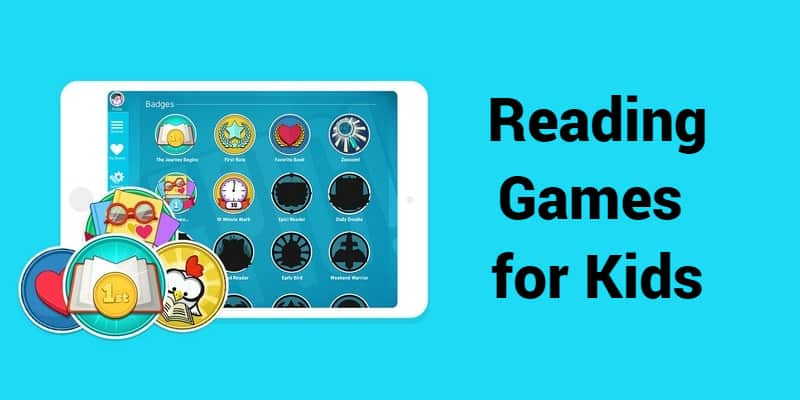
Mathman is a great game to practice addition, subtraction, multiplication, and division. To solve equations, players use their knowledge about the order of operations and move up the levels. Higher scores mean more levels. It's a fun and easy way to improve your math skills.
Pac-Man-inspired educational math game
The game is great for teaching basic math concepts. The game can be played on your personal computer or at your local arcade. The classic gameplay is combined with educational math games to teach students all aspects of mathematics, including strategy and code. You are the player and must eat the appropriate solution to an equation. You can lose your life if you eat the wrong ghost!
Another fun and educational math game is World's Biggest Pac Man, which allows students to create their own mazes. Students will need to use their geometric and strategic thinking skills to create large mazes. Students can also draw out their own mazes on graph paper. Students have the option to draw their own mazes or to use a predrawn graphic.

Easy mode
Mathman, a game that helps improve math skills, is a good choice if you are looking for a game that's fun. You can play the game in addition, subtraction or multiplication as well as division. The objective of each level is to solve equations to advance. It is crucial to learn the proper order of operations in order to successfully complete a level.
The median is the value in the middle of a set of numbers. The median is the fourth number of a seven-number series that increases in value. It is the middle number. The mode is the number in between the highest and the lowest numbers.
Avoid the ghosts
You must defeat the ghosts, and solve mathematical equations to move on. It is very similar to Pac Man. Use the arrow keys for movement of your Math Man. Understanding the algorithm behind each ghost will enable you to avoid them.
Set up your game before you can start. You might find it simple to begin your game on a grid. Once you have determined where you want to go with Pac Man, you can move on. You can also use a taxi metric to measure distance.

Get to the point and improve your score
The most important aspect of Dots is speed. You need to be able reach 700 points or higher in a short time. Remember that power-ups will be awarded for any dots you collect in a bad game.
FAQ
How much does homeschooling cost?
Homeschooling comes with no fees. Some families charge between $0-$20 per lesson. Some families offer services for free.
But homeschooling is not easy. It requires commitment and dedication. Parents must have enough time to devote to their children.
They also need to have access book, supplies, books, and other learning resources. Homeschoolers are often required to attend community events and participate in programs that complement their curriculum.
Parents must consider the costs associated with transportation, tutors, and extracurricular activities.
In addition, homeschoolers must plan ahead for field trips, vacations, and special occasions.
What is the difference between a college and a university
A university is an institution that offers higher education. It offers undergraduate and postgraduate courses in various fields.
A college is usually smaller and less prestigious than a university. Although it may offer fewer courses, colleges often have their own specialist departments.
What is early childhood education?
Early Childhood Education is a field devoted to helping children develop into healthy, happy adults. This includes teaching children how to read and preparing them for kindergarten.
The goal of early childhood education is to help kids learn and grow by providing them with age-appropriate experiences.
Early childhood educators are often asked to assess the developmental needs for each child they see. This helps to decide if a particular program would benefit each child.
Parents can also interact with teachers and other professionals with experience with young children through early childhood programs.
A key role in early childhood education is also played by parents. They must know how to properly care for their children and offer guidance and support when needed.
Parents can also join activities to teach their children skills that will be useful throughout their lives.
Early childhood education is sometimes referred to as preschool education, although this term is used interchangeably with daycare centers. Prekindergarten education starts around three years ago, and early childhood education is similar.
What are the factors to consider when choosing a major
You should first decide whether you would rather go straight into a profession or go to college first. Next, you need to make a list listing your talents and interests. Your interests can come from reading, listening to music, watching movies, talking to people, playing sports, working around the house, etc. Your talents could include singing, writing, painting, sewing, crafting, cooking, baking, cooking, woodworking and gardening. Once you've identified your interests and talents you can use them to guide you when choosing a major.
If you are interested to be an artist, art history or fine arts might be a good choice. If you love animals, biology might appeal to you. If you'd like to become a doctor, you might look at pre-medicine or medical technology. Computer science and computer networking are options for those who want to pursue a career in computer science. There are many options. Think about what you want to do.
Statistics
- These institutions can vary according to different contexts.[83] (en.wikipedia.org)
- Among STEM majors, that number is 83.5 percent. (bostonreview.net)
- Data from the Department of Education reveal that, among 2008 college graduates, 92.8 percent of humanities majors have voted at least once since finishing school. (bostonreview.net)
- And, within ten years of graduation, 44.1 percent of 1993 humanities graduates had written to public officials, compared to 30.1 percent of STEM majors. (bostonreview.net)
- Globally, in 2008, around 89% of children aged six to twelve were enrolled in primary education, and this proportion was rising. (en.wikipedia.org)
External Links
How To
What is vocational education?
Vocational Education prepares students for work by giving them skills that are required for a specific job, such as welding. It also includes on-the-job training in apprenticeship programs. Vocational education stands out from general education. This is because it focuses less on general knowledge and more on developing skills for specific occupations. Vocational training is not designed to prepare individuals for university but rather to assist them in finding jobs upon graduation.
Vocational education may be provided at all levels of schooling, including primary schools, secondary schools, colleges, universities, technical institutes, trade schools, community colleges, junior colleges, and four-year institutions. There are also many specialty schools like nursing schools and law schools, legal schools, medical schools and dental schools as well as veterinary medicine, veterinary medicine, firefighting, police academies and military academies. Many of these schools offer both academic instruction and practical experiences.
In recent decades, many countries have made large investments in vocational training. The effectiveness of vocational training is still a controversial topic. Some critics argue that it does little to improve students' employability; others argue that it provides useful preparation for life after school.
The U.S. Bureau of Labor Statistics estimates that 47% of American adults possess a postsecondary certificate, or degree related to current occupation. This number is higher for those with higher education. 71% of 25-29-year-olds have a bachelor's or higher degree and are employed in areas that require postsecondary credentials.
In 2012, the BLS reported that nearly half of the nation's adult population had at least some form of postsecondary credential. Around one-third of Americans hold a two or four-year associate degree. One in five Americans holds a master’s degree or doctorate.
The median annual salary for people with a bachelor's was $50,000. This compares to $23,800 for those who don't have a degree. The median income for those with advanced degrees was $81,300.
The median wage for those who didn't complete high school was $15,200. Earn $13,000 per annum for those with less high school diplomas.